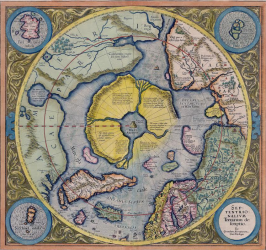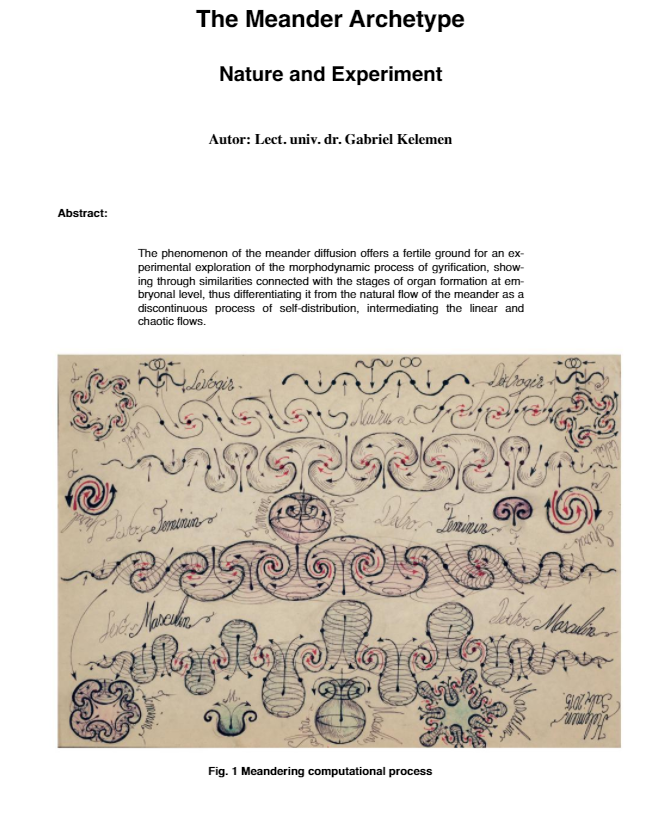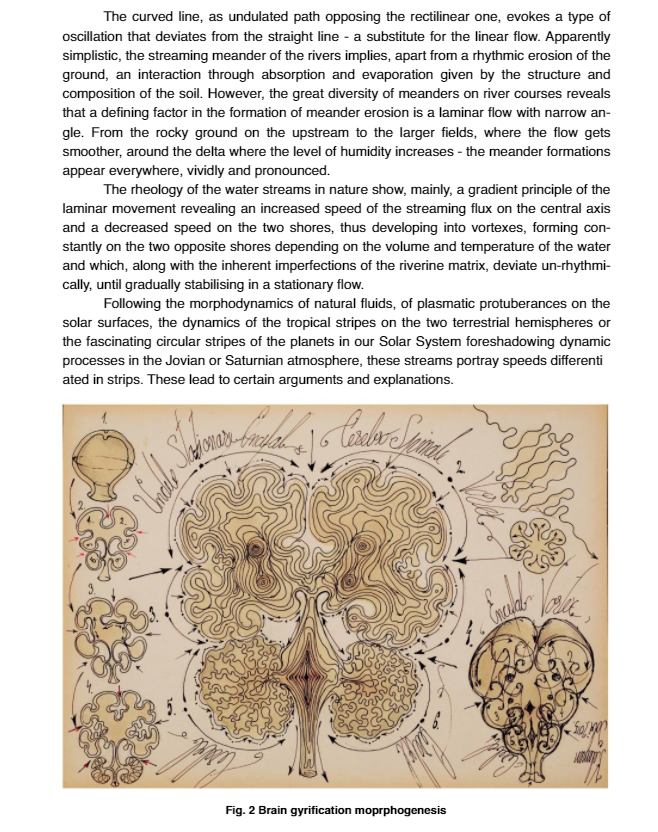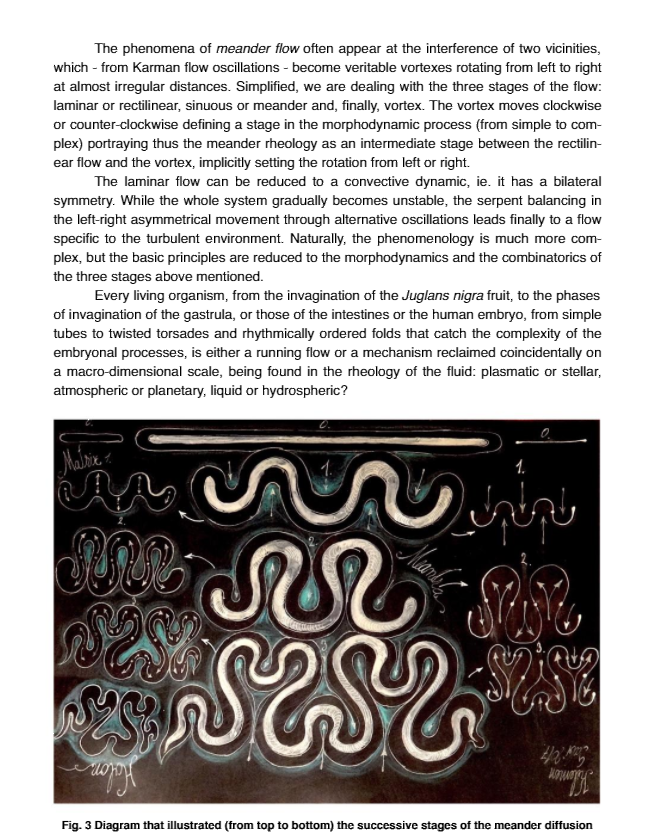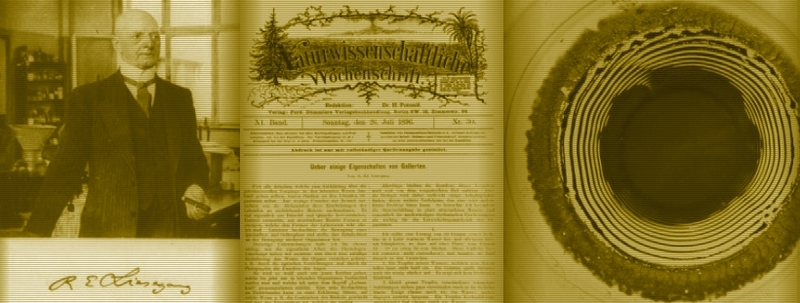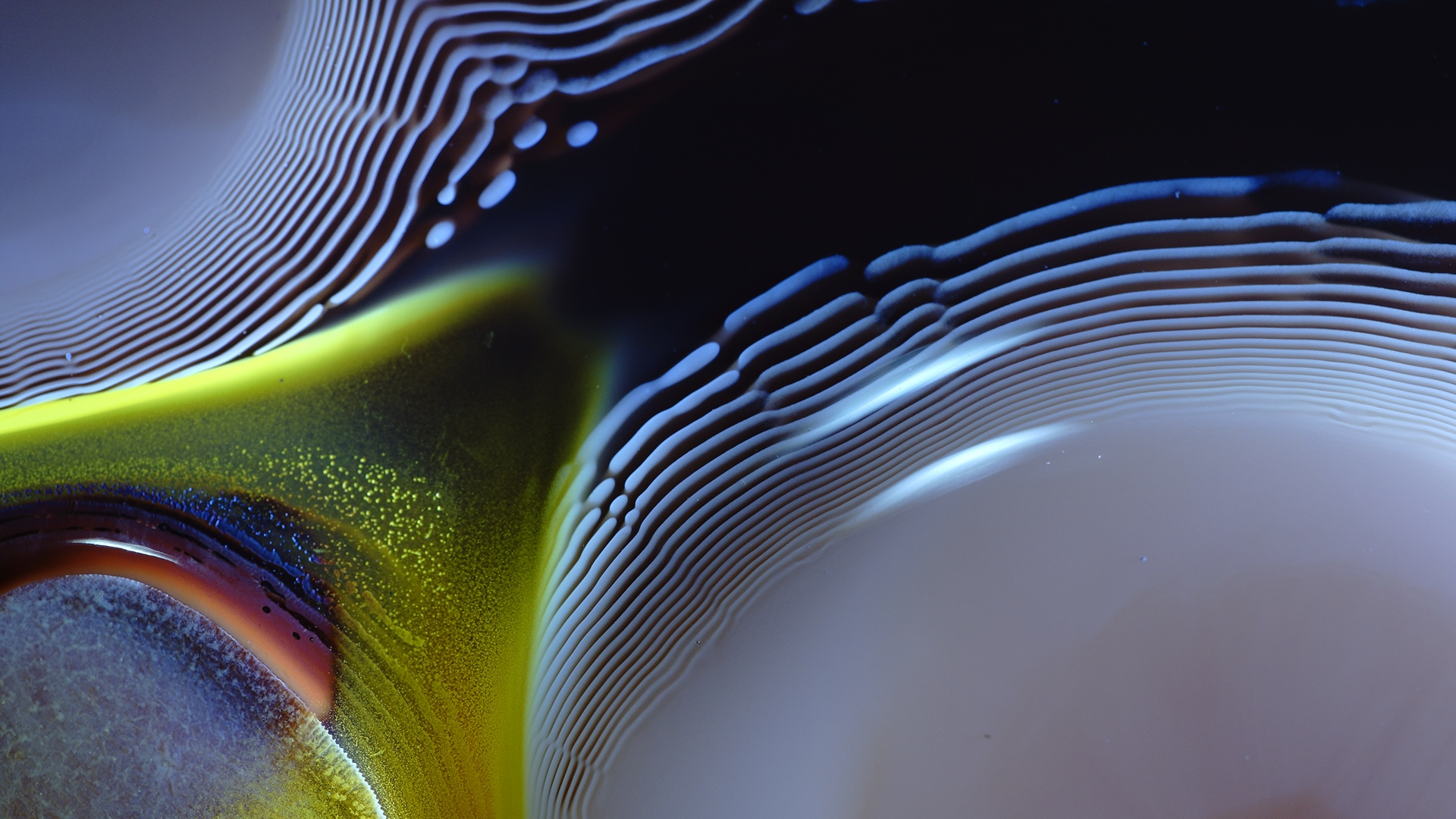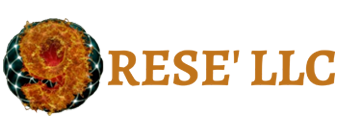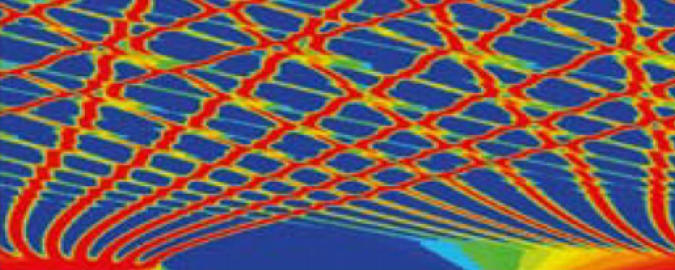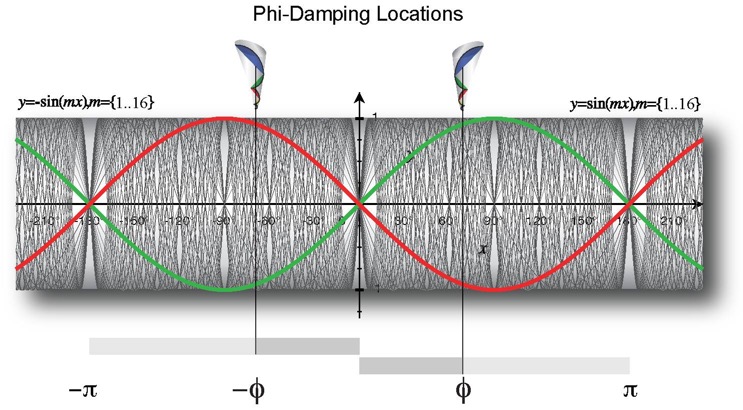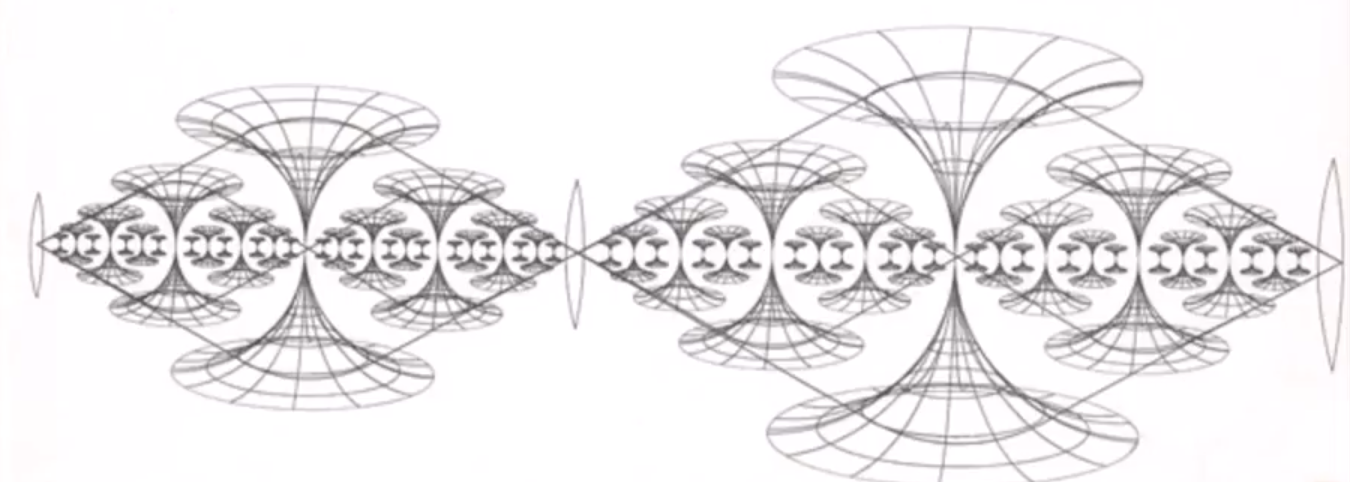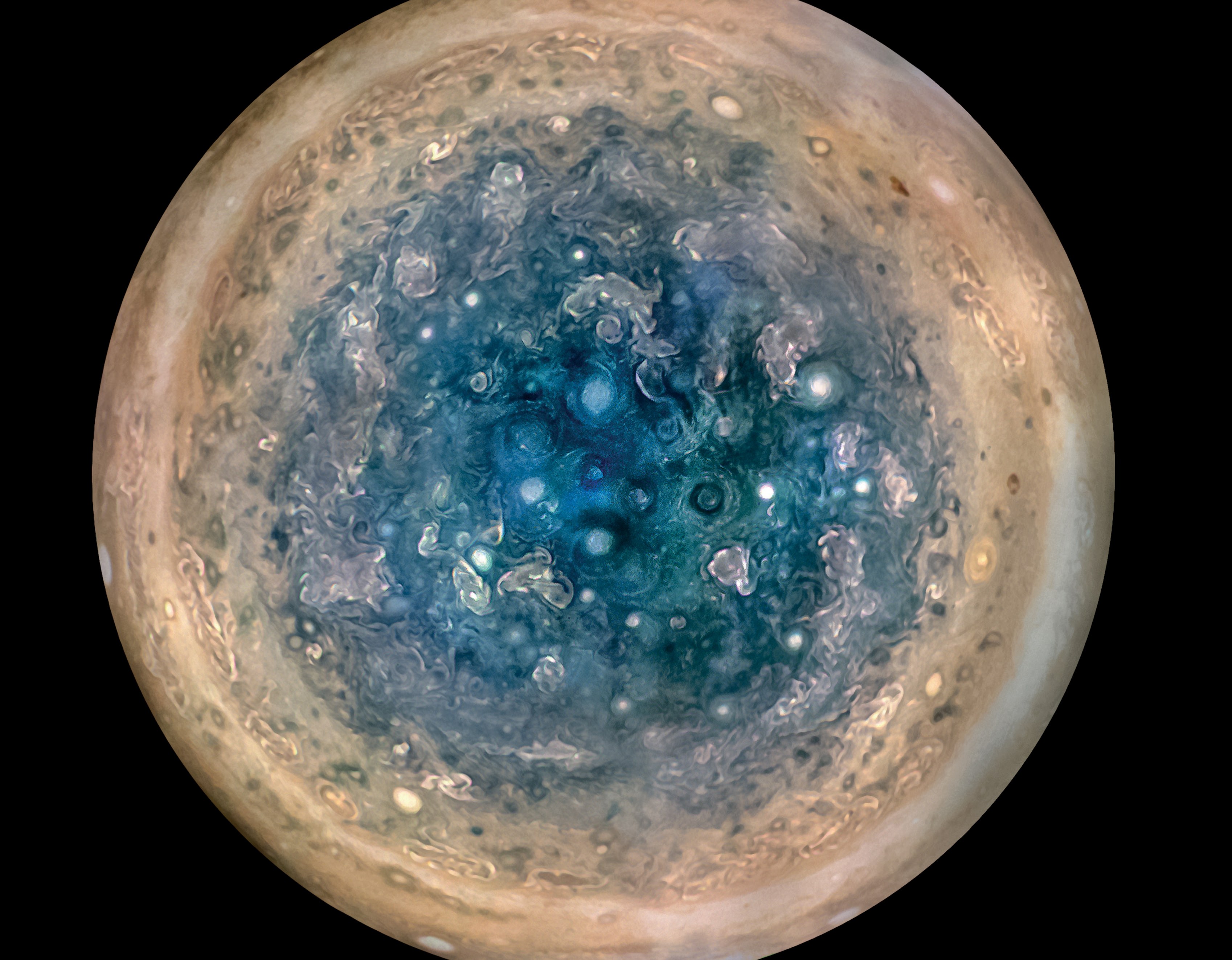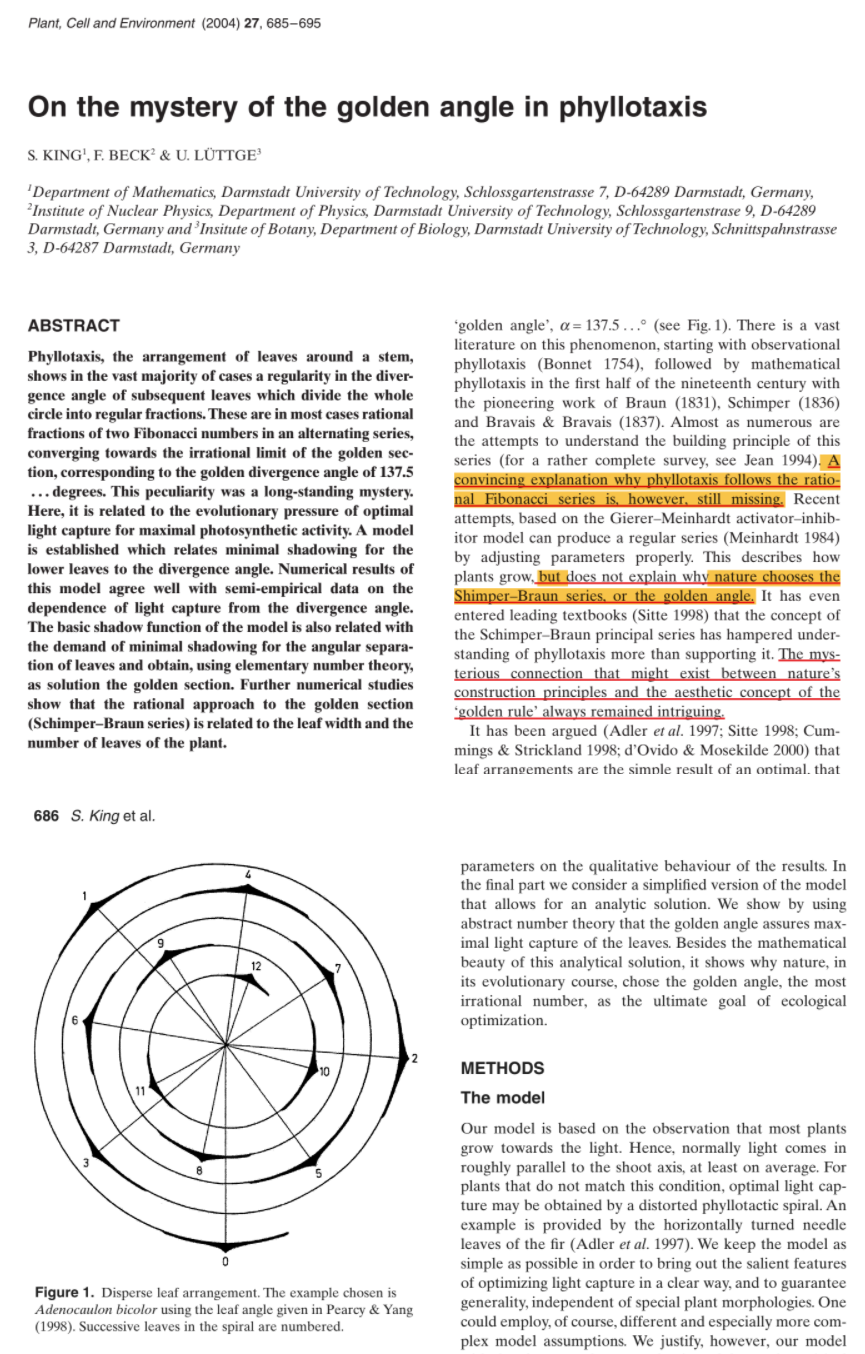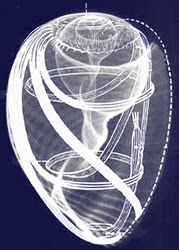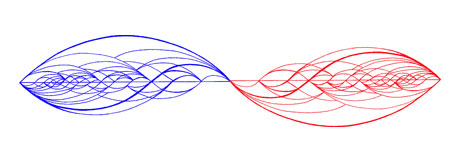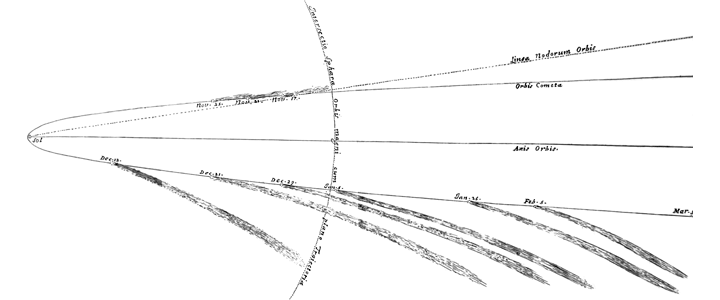Gabriel Kelemen – The Meander Archetype Nature and Experiment
In Silico – A Short History of “Liesegang Rings”
Periodic precipitation or the “Liesegang phenomenon” is a special type of chemical pattern formations. It was discovered by a German chemist and photographer, Raphael Eduard Liesegang in 1896 but did not have any general explanation more than a century ago.
Patterns in Nature
In the last decades of the 20th century different kinds of chemical, physical and biological pattern formations have excited an ever increasing interest in the scientific community. In chemical patterning one of the most intensively investigated area was the so-called Belousov-Zhabotinsky reaction, but there were many publications about viscous fingering, diffusion limited aggregation, morphogenesis of fungal colonies and some other simple living bodies, and last but not least patterning during electrochemical deposition too.
Although at first sight the above mentioned systems are quite different there are many similarities in the way they form the corresponding patterns, and the methods by that they can be handled. All of them contain at least one or several diffusion-limited steps, while the formation of the spatial or spatiotemporal order is always a result of a complicated interplay of these and the underlying chemical, physical or biological processes.
Mathematics and the modeling of reaction-diffusion processes
Mathematical description of such systems consists of so-called reaction-diffusion differential equations. Unfortunately these are usually systems of coupled nonlinear partial differential equations, that cannot be treated by standard analytical methods. The only viable way is the application of different numerical methods. Numerical solution of such systems of equations is computationally very demanding, moreover it is sometimes computationally prohibitive even nowadays.
The story of the so-called Liesegang phenomenon is good example for this problem.
Liesegang Patterns
Liesegang patterning is a special type of chemical pattern formation in which the spatial order is formed by density fluctuations of a weakly soluble salt. From analytical chemistry we know many different reactants that form a precipitate (sparingly soluble salt) when they react with each other. A good example for this behavior is the reaction of silver-nitrate (AgNO3) and potassium-dichromate (K2Cr2O7).
If one of these components is evenly distributed in a swollen gel (e.g. in gelatine), and the solution of the other diffuses into it, the spatial distribution of the slowly forming precipitate will not be continuous. A series of precipitate zones (bands or rings depending on the geometry of the experimental setup) will form according to some simple scaling laws.
Continue reading “In Silico – A Short History of “Liesegang Rings””
Counterculture ‘Burning Man’ art takes Washington by storm
 Intriciate laser cutouts in the “HYBYCOZO” installation by Yelena Filipchuk and Serge Beaulieu create dancing shadows on gallery walls
Intriciate laser cutouts in the “HYBYCOZO” installation by Yelena Filipchuk and Serge Beaulieu create dancing shadows on gallery walls
Immersive art from a famed desert festival in the American West has swept into Washington, infusing the buttoned-up US capitol with countercultural spirit.
“No Spectators: The Art of Burning Man,” which opens Friday at the Smithsonian’s Renwick Gallery, celebrates the annual late-summer gathering that sees a temporary city of some 75,000 people spring up in Nevada’s Black Rock Desert.
For a single week, massive experiential art installations tower over the dusty metropolis before Burning Man participants torch many of the works, including a giant wooden statue of a man, as a ritual embracing decommodification and temporality.
Thought it is perhaps best known for its bacchanalian atmosphere favoring sex and drugs, the annual event that started small in 1986 has evolved into a serious cultural and artistic movement, said the Renwick’s crafts curator Nora Atkinson, who spearheaded the show.
 Marco Cochrane’s “Truth is Beauty” sculpture features in the “No Spectators: The Art of Burning Man” exhibition at the Renwick Gallery in Washington
Marco Cochrane’s “Truth is Beauty” sculpture features in the “No Spectators: The Art of Burning Man” exhibition at the Renwick Gallery in Washington
Continue reading “Counterculture ‘Burning Man’ art takes Washington by storm”
9Rese’ – EMF: 12 ANTI-CANCER AND 12 CANCER PROMOTING FREQUENCIES
Carcinogenesis fits in a frequency pattern of electromagnetic field (EMF) waves, in which a gradual loss of cellular organization occurs. Such generation of cancer features can be inhibited by adequate exposure to coherent electromagnetic frequencies. However, cancer can also be initiated and promoted at other distinct frequencies of electromagnetic waves. Both observations were revealed by analyzing 100 different EMF frequency data reported in a meta-analyses of 123 different, earlier published, biomedical studies.
The studied EM frequencies showed a fractal pattern of 12 beneficial (anti-cancer) frequencies, and 12 detrimental (cancer promoting) frequencies, that form the central pattern of a much wider self-similar EMF spectrum of cancer inhibiting or promoting activities. Inhibiting of the cancer process, and even curing of the disease, can thus be considered through exposure to the coherent type of EM fields.
Stabilization of the disease can be understood by constructive resonance of macromolecules in the cancer cell with the externally appied coherent EMF field frequencies, called solitons/polarons.
The latter, for instance, have been shown earlier to induce repair in DNA/RNA conformation and/or epigenetic changes. The field of EMF treatment of cancer disorders is rapidly expanding and our studies may invite further experimental and clinical studies in which systematically various potential EMF treatment protocols could be applied, with combined and modulated frequencies, to obtain even more efficient EMF anti-cancer therapies.
027 EU Meetup March 27, 2018
Black Hole – Down! – A Brief History of Time Lords
Stephen Hawkings greatest single achievement was simply living as long as he did. He died at the age of 76 having battled motor neurons disease for more than 50 years when the life expectancy for this condition was less then 5 years.
He was a theoretical physicists and while had every right to develop his ideas, people seem to overlook the ‘theoretical’ aspects of his career. His book “A brief history of time” was a best seller allegedly describing in layman’s term the actual working of the cosmos. He was adopted into the main stream science’s (MSS) hall of fame as having made major contributions to our current knowledge of cosmology.
This would be all be great if it were true.
Hawkings was firmly entrenched in a gravitational model of the universe. While he did develop a theory of ‘black holes’ one can definitely argue whether this was a positive contribution of our overall understanding of the cosmos. Black holes have no part to play in the electric universe (EU) model and certainly no part to play in WRC.
Some of Hawkings work suggest that his mathematics gets in the way of real empirical science. Theoretical physicists are fantastic at developing models of how Nature should behave and these models have parted ways from actual empirical observations. Almost every new observation offers new surprises for the physicists but rather than thrown out old models they are amended and further complexed to yield even more fanciful (unfulfilled) predictions.
Black holes were supposed to be locations of intense gravitation, light could not escape. But then it was found that black holes should in ‘theory’ radiate and thus cool down. No worries, let’s think up a scheme whereby, some radiation does indeed escape, sure why not call it ‘Hawking radiation’ and let MSS accept this new theory as fact!!!
Perhaps if Hawking had considered the ‘singularity’ in term of the Cosmic Anode as described by WR then he might have been a more productive researcher.
12 Diagrams that Altered Our Consciousness
Ptolemy’s Geocentric Universe
What’s remarkable about Claudius Ptolemy’s vision of the universe is that it persisted so long among both Islamic and Christian astronomers. Ptolemy’s treatise Almagest first came on the scene in the second century CE and remained the go-t0 astronomical text for the next twelve hundred years, firmly planting the geocentric model of the universe in the brains of Medieval thinkers. Ptolemy wasn’t the first to present this view of the universe (in fact, the geocentric universe is called the Aristotelian Universe, since Aristotle described it in his treatise De Caelo et Mundo), and some thinkers differed on the proposed order of the myriad celestial bodies, but his view was certainly the most enduring.
Continue reading “Black Hole – Down! – A Brief History of Time Lords”

